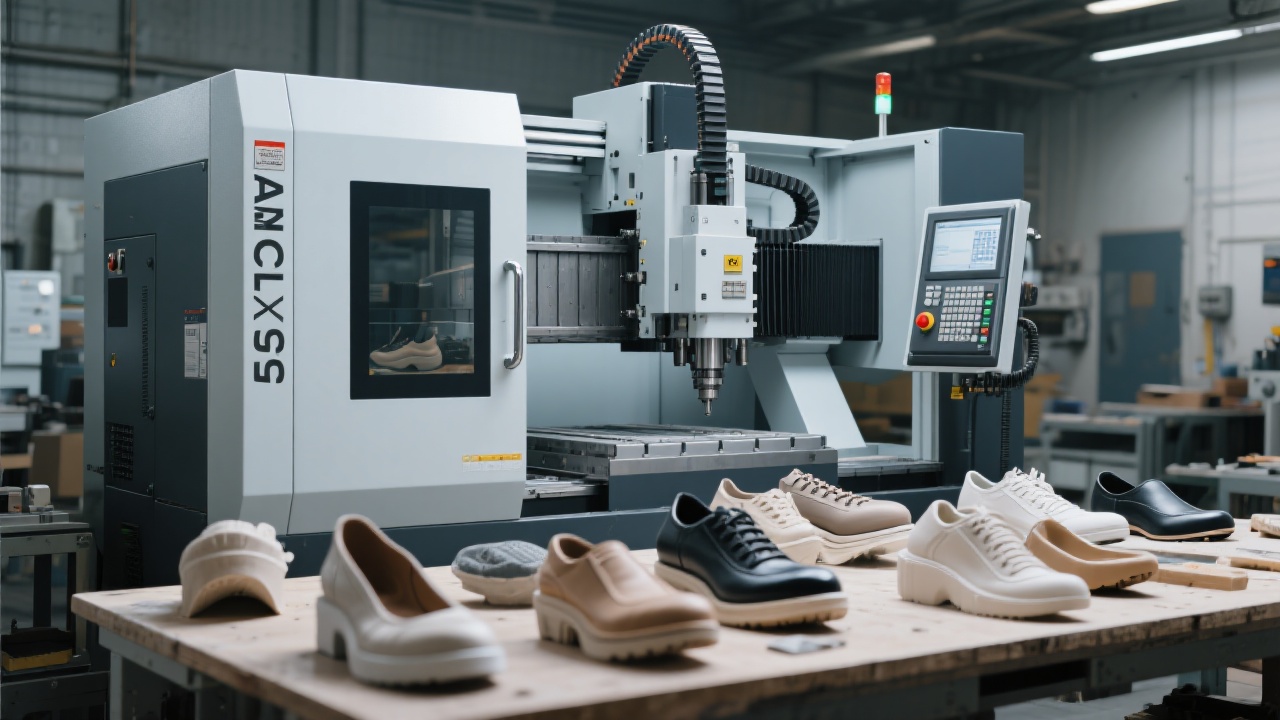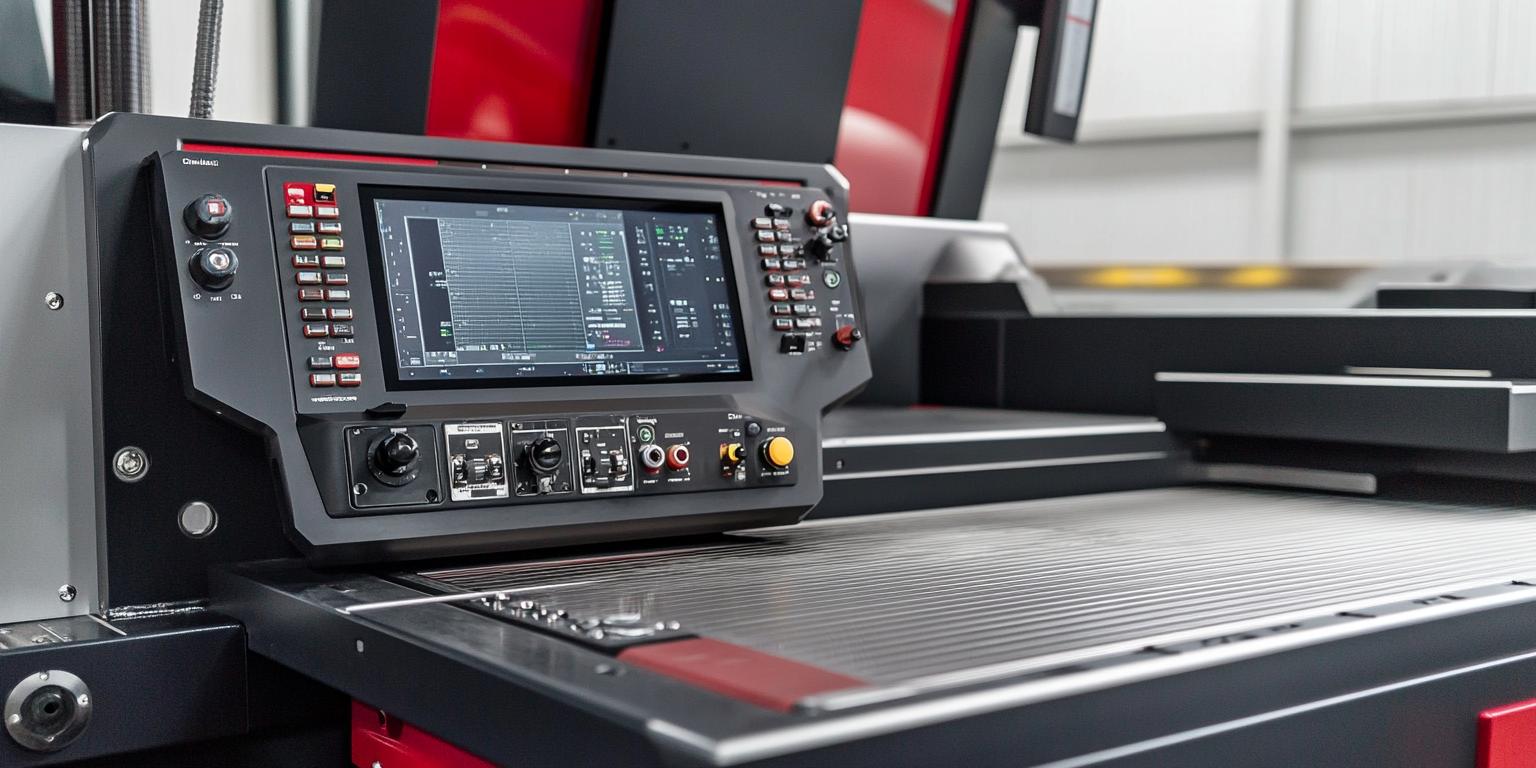
In the highly competitive global shoe mold manufacturing market, precision and efficiency are two critical factors that determine the quality of export products and the competitiveness of enterprises. This article will deeply analyze the key role of five-axis linkage CNC machine tools in the processing of complex curved surfaces of shoe soles, and help shoe mold manufacturers improve the quality of export products and production efficiency.
In traditional shoe mold processing, there are common problems such as low precision and inefficiency. For complex curved surfaces of shoe soles, traditional processing methods often require multiple set - ups, which not only increases the processing time but also easily leads to errors in the alignment of workpieces, resulting in low precision of the final product. In addition, the surface quality of the processed products is not high, which affects the overall quality of the shoe molds.
Five - axis linkage technology refers to the simultaneous movement of five axes (usually three linear axes and two rotary axes) of a CNC machine tool during processing. By optimizing the tool angle, it can achieve high - precision processing of complex curved surfaces. The core principle is to use the coordinated movement of multiple axes to adjust the position and attitude of the tool relative to the workpiece, so that the tool can always maintain the best cutting state, thereby improving the processing accuracy and surface quality.

With five - axis linkage technology, the machine tool can process multiple surfaces of the shoe mold in one set - up, greatly reducing the number of set - ups. For example, in traditional processing, a complex shoe mold may require 3 - 5 set - ups, while with five - axis linkage technology, it can be completed in 1 - 2 set - ups. This not only saves time but also reduces the error caused by multiple set - ups, improving the processing precision.
Five - axis linkage technology can optimize the tool angle, making the cutting process more stable and smooth. This can effectively improve the surface finish of the shoe mold. According to relevant data, the surface roughness of shoe molds processed by five - axis linkage technology can reach Ra 0.4 - 0.8μm, while the surface roughness of traditional processing methods is generally Ra 1.6 - 3.2μm.
By reducing the number of set - ups and improving the processing efficiency, five - axis linkage technology can significantly shorten the processing cycle. For a multi - variety and small - batch production of shoe molds, the processing cycle can be shortened by about 30% - 50% compared with traditional processing methods.

In the current market environment, multi - variety and small - batch production has become a common production mode. Five - axis linkage technology has strong adaptability in this production environment. Through a light - weight case, we can see that a shoe mold manufacturer has introduced five - axis linkage CNC machine tools. In the production of 10 different types of shoe molds with a batch size of 50 each, the production efficiency has been increased by 40%, and the product qualification rate has been increased from 85% to 95%.
For shoe mold manufacturers who want to introduce five - axis linkage technology, it is recommended to first conduct a comprehensive evaluation of their own production needs and capabilities. Select the appropriate five - axis linkage CNC machine tool according to the complexity of the shoe molds to be processed and the production volume. At the same time, train the operators to ensure that they can master the operation skills of the new equipment.
We encourage you to share your views and experiences on five - axis linkage technology in shoe mold processing. Click here to join the discussion and let's explore the future of shoe mold manufacturing technology together!

